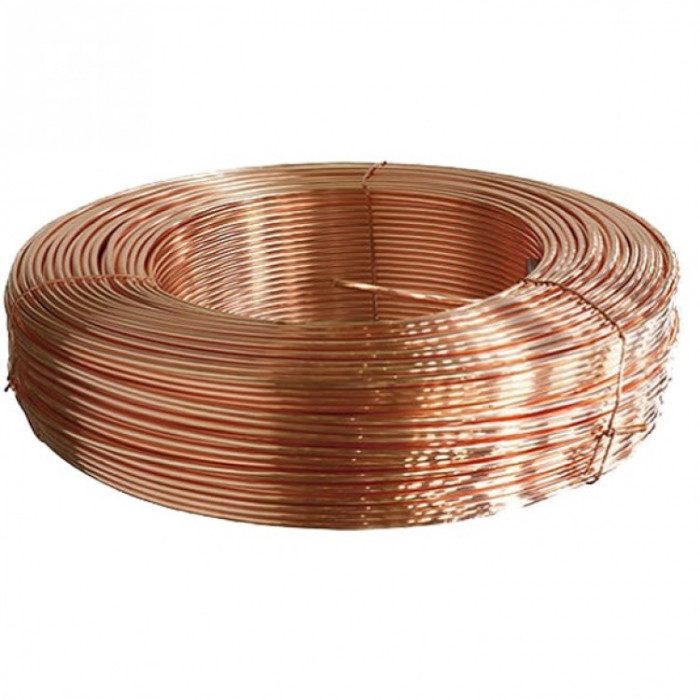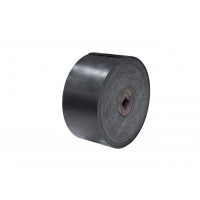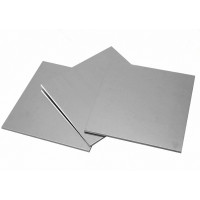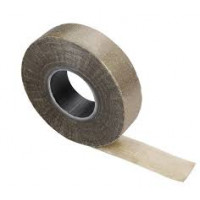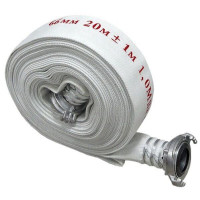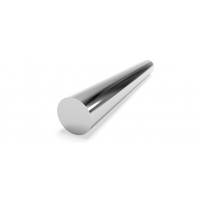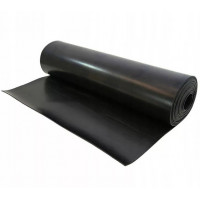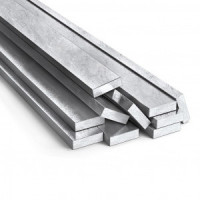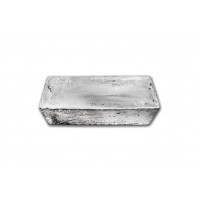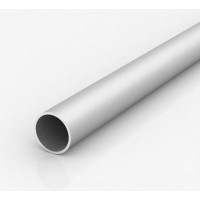Electrotechnical copper wire rod 7,0 mm is a rolled product with a very small cross section in relation to the length. It is produced by continuous casting of oxygen-free copper, followed by drawing and giving the product the desired shape.
Wire rods from this metal are used in the production of cable and wire products. They are used in the manufacture of wire for welding, communication and power lines, general purpose. Wire rod acts as a raw material for tires and contact wires, is used in electrical engineering, in the manufacture of equipment and mechanisms, in construction work and for fasteners. From this rolled metal product, you can create decorative products.
Due to properties such as thermal conductivity, low electrical resistance and ductility, copper rod is the most suitable component of electromechanical equipment, and its durability and anti-corrosion properties make it an extremely suitable product for continuous use.
It is a blank for further production of cables. Due to the large temperature coefficient of resistance, the properties of copper practically do not change with a change in temperature.
Wire rod is a type of rolled metal, which is a round wire made of carbon steel grades St0, St1, St2 and St3, in accordance with GOST 380, or from non-ferrous metals or non-ferrous metal alloys in accordance with the accepted specifications. Carbon steel wire rod is available with a diameter of 5.0; 5.5; 6.0; 6.3; 6.5; 7.0; 8.0 and 9.0 mm. In this case, deviations in the diameter of +/- 5% are allowed, and the ovality of the wire rod is allowed no more than 50% of its diameter. Wire rod made of non-ferrous metals (copper, aluminum) or their alloys (bronze, brass) is made with a diameter of 1 to 16 mm. With a large diameter, the wire is made to order in limited quantities. Wire and wire rod are two words for the same material.
Wire rod production technology
The production of wire rod is carried out on metal-rolling machines by rolling and drawing. Initially, a carbon steel square with a section of 10x10 mm is launched into the rolls of a rolling machine. Several shafts installed in series compress the steel billet, giving it a round section of a given diameter. At the same time, during rolling and the impact of the shafts on the workpiece, it itself heats up due to the friction force. Upon completion of rolling, the wire of the required diameter is fed into the installation, which twists the wire rod into a ring. After twisting the ring, it is transferred by special automated mechanisms to the cooling zone.
Manufacturing
Wire rod is made by rolling through shafts, hence the name of this rolled metal product. The shafts form and compress the metal from different sides, thus, a wire comes out of a piece of metal (it is called "bloom"). At the end of the rolling mill, it is wound on a special coil, with the help of which the wire rod is placed in rings for further cooling. The method of formation is called hot, in which the metal is not preheated, but is heated when passing through the shafts. After rolling, the wire rod is cooled, the process can go in two ways - air or accelerated cooling. Air cooling occurs naturally, and accelerated in special cooling fans. After cooling, the wire rod is placed in coils and sent to the warehouse. A wire rod with a large diameter (10-15 mm) can also be produced in rods of various lengths.
Copper rod is a semi-finished product for the manufacture of the final product, such as contact wires, wires, busbars. Copper rod must comply with GOST, GOST R 53803-2010, which defines its main characteristics in terms of chemical composition, tolerances, marking, transportation and wear resistance rules. For example, there is the concept of ovality, it is interpreted as a permissible deviation from a round shape, and the ovality of a copper rod should not exceed the maximum deviation from the diameter. The entire product is referred to as a bay, i.e. this is a continuous copper rod wound in turns, while the turns should not be mixed up. The grades of copper rod, as a rule, are deciphered by the method of its manufacture, for example, KMB is an oxygen-free copper rod, and KMor is a copper rod made from copper scrap and refined waste.
Its main advantages are:
The excellent indicator of plasticity combined with good durability. Thanks to this combination of mechanical properties, it is easy to process and, at the same time, is used for a long time, just like copper tape, which is no less popular today.
Relatively small coefficient of temperature resistance. The characteristics of copper practically do not change when the temperature of the medium changes.
Small electrical resistance. Only silver surpasses copper in this indicator, but its cost is much higher.
The production of copper rod is carried out using the technology of drawing through special rolls of the rolling mill.ana, which, due to their special design, qualitatively form copper raw materials and compress the wire from all sides. On the mills for the manufacture of wire rod there is also a winder - a mechanism designed to complete the wire into rings, and then cool it.
The chemical composition of the finished hot-rolled copper wire must clearly comply with the requirements of R 53803. The following impurities are allowed (the maximum allowed mass fraction of the element in the wire rod in percent is indicated in brackets):
tellurium and selenium (0.0002);
bismuth (0.0002–0.01);
arsenic (0.0005–0.002);
antimony (0.0004–0.002);
sulfur (0.0015–0.003);
lead (0.0005–0.003);
silver (0.0025);
iron (0.001–0.004);
oxygen (0.001–0.004).
But the content in the wire of such elements as cobalt, silicon, nickel, phosphorus, cadmium, manganese, zinc, chromium, tin, GOST does not standardize.
The surface of the wire rod must be smooth and clean, it may have insignificant (up to 0.2 mm deep when performing control stripping) nicks, scratches, shells, dents and other surface defects. The main thing is that the existing flaws in no way could interfere with the efficient and safe use of hot-rolled wire for its intended purpose.
GOST puts forward, in addition, the following requirements for wire rod:
Finished products are required to withstand, without flaws, rolling and casting with a depth of more than 0.2 mm and without destruction, the test for the twisting-unwinding cycle. The number of specified control cycles is as follows: 3 for wire rod with a section of 16 mm or more, 5 for a section from 13 to 16 mm, 8 for a section from 8 to 13 mm, 10 for a section of 8 mm.
After rupture of the rolled wire, its relative elongation value is more than 35 percent.
The resistance (temporary) of the tested products must be 160 or more megapascals.
Another important point specified in GOST is that the client may require the manufacturer to conduct additional tests for the resistance of wire rod against hydrogen embrittlement (products of KMB grades) and for helix elongation (KMor and KM).
The main scope of copper rod is the manufacture of electrical wires and cables designed for a greater load than aluminum wires can withstand. The resistivity of copper is one and a half times less than that of aluminum, and with a high load on the electrical network, the aluminum wire, especially at the point of twist or connector, heats up more, which can lead to a break or short circuit. Copper wire, in turn, is able to withstand a large load.
You can buy from us Electrotechnical copper wire rod 7,0 mm at the best price in Ukraine. A wide range of products allows us to quickly and efficiently fulfill any order, helping to complete any construction work on time.
No questions about this product, be the first and ask your question.

